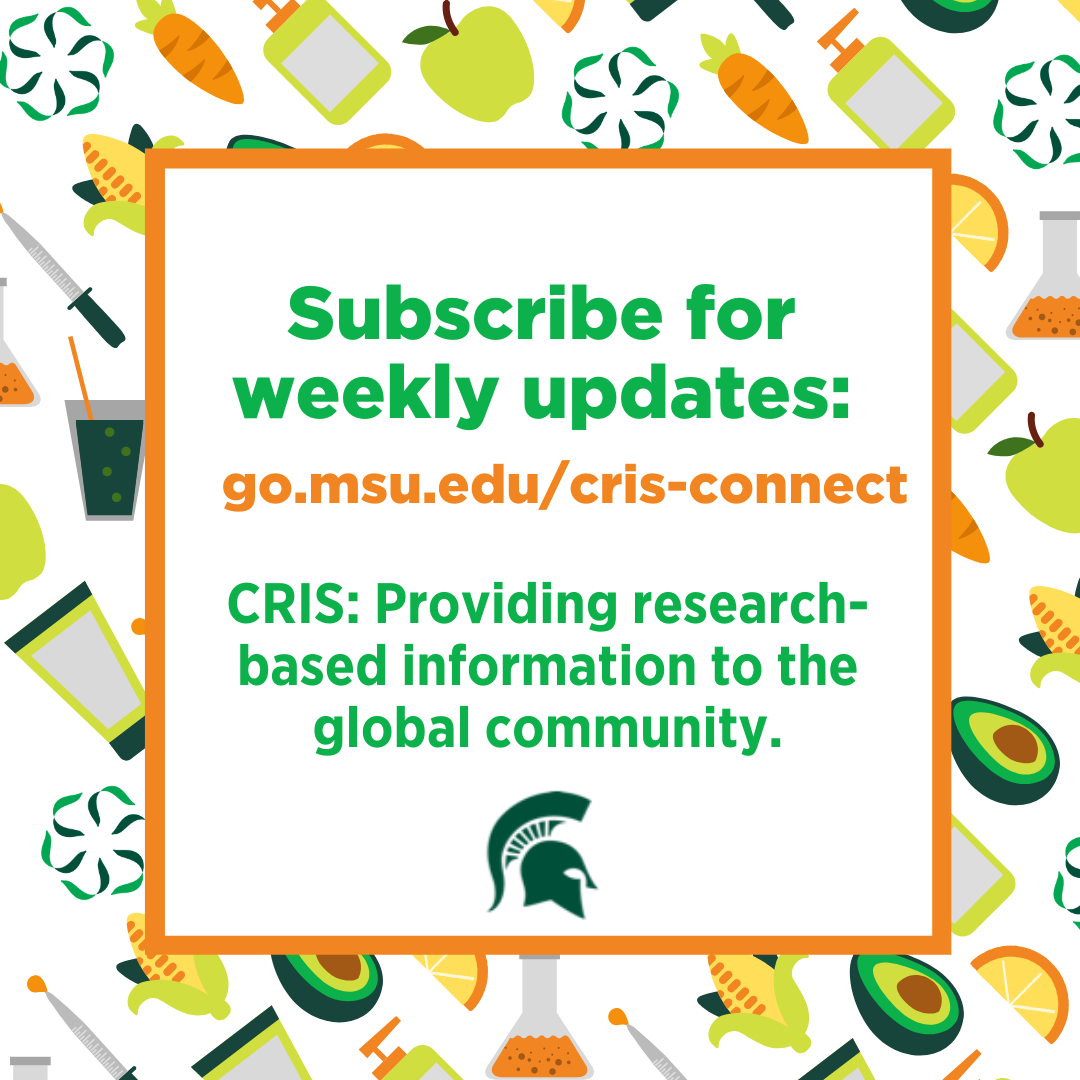COVID-19: Food & Ingredient Safety
As we’ve seen in recent weeks, our supply chain, especially our food supply chain, is paramount to keeping society fed and safe. But how do we know that food is safe from COVID-19?

In this post, we explore the current state of food safety related to the novel coronavirus and our food.
Is our food safe from the novel coronavirus?
At this point the U.S. Food and Drug Administration (FDA), the U.S. Department of Agriculture, the European Food Safety Authority (EFSA), and Food Standards Australia New Zealand agree that NO evidence exists to suggest that COVID-19 infections can be spread via food, the consumption of food, or food packaging coming  from food manufacturers (1, 2, 3, 4, 5).
from food manufacturers (1, 2, 3, 4, 5).
How do food manufacturers keep food and food products safe?
Manufacturing plants must protect food from all harmful viruses, bacteria, and fungi. Excellent hygiene practices, as well as thorough cleaning and sanitizing, are part of daily food manufacturing best practices mandated by U.S. law and are called Current Good Manufacturing Practices (CGMP).
Regulatory agencies work to ensure all food manufacturers follow CGMP.
During the current novel coronavirus outbreak, food manufacturers are essential businesses, and this means they will continue to function to the best of their ability.
While following CGMP standards keeps our food safe from harmful microorganisms, manufacturers are working to ensure their essential employees are protected from COVID-19 transmissions and have implemented solutions to help ensure food AND employees remain safe.
Could imported foods be contaminated with novel coronavirus?
Food manufacturing plants based in both the U.S. and abroad that sell food and food products in the U.S must comply with CGMP standards to help protect our food supply from all harmful microorganisms.
Again, national and international food regulatory agencies agree that food does not transmit the novel coronavirus or infect people with COVID-19 (1, 2, 3, 4, 5).
When dealing with food, where would we come in contact with the novel coronavirus?
From the information we’ve found, the food itself would not be an exposure point, rather exposure to people who are ill or who have sneezed on/coughed on/transferred the novel coronavirus onto food packaging after safe production could pose harm.
For example, if a person infected with COVID-19 sneezed or coughed on a food package and you touched the contaminated area and then touched your face, you would then be exposed to the novel coronavirus.
The novel coronavirus cannot live indefinitely on surfaces. Different surfaces can allow the novel coronavirus to live for varying amounts of time:
- Cardboard: up to 24 hours.
- Plastics: up to 2-3 days.
- Stainless Steel: up to 2-3 days.
What should I do to protect myself from being infected with COVID-19 via food and food packaging?
It’s important to follow best COVID-19 preventative practices including:
- washing your hands with soap frequently for at least 20-30 seconds.
- using hand sanitizer when hand washing isn’t available.
- avoid touching your face after touching food packaging.
- social distancing.
- avoiding contact with people who are sick.
- staying home while you are ill and avoiding close contact with others.
- covering your mouth/nose with a tissue or sleeve when coughing or sneezing.
- cleaning doorknobs, light switches, and commonly touched areas with disinfectant frequently.
It’s equally important to prepare foods properly to avoid contracting other illnesses that could cause you to need medical assistance. It’s essential to:
- cook meats properly.
- store foods at the appropriate temperature.
- ensure foods aren’t expired before preparing and eating them.
- avoid cross-contamination.
For more food safety tips check out the FDA’s website.
If you’re still concerned about the potential of novel coronavirus living on your food, even though national and international food safety agencies have no evidence to support this claim, you can always cook your foods before consuming them (1, 2, 3, 4, 5).
Research suggests the coronavirus family of viruses cannot survive at a temperature above 133ºF for more than 15 minutes or above 149ºF for more than 3 minutes. While this hasn’t been confirmed for the current novel coronavirus, you could choose to follow this cooking temperature tip.
Are there preventative measures I can take when grocery shopping or using a grocery delivery service?
MSU Extension put together a list of safety tips to consider when shopping in stores or using grocery delivery services.
The good news
The legislation and actions we’ve already taken to provide safe food for the country also help to protect our food supply from the novel coronavirus.
Our food is safe, and our food supply chain is robust so we can continue to feed the country.



 Print
Print Email
Email






